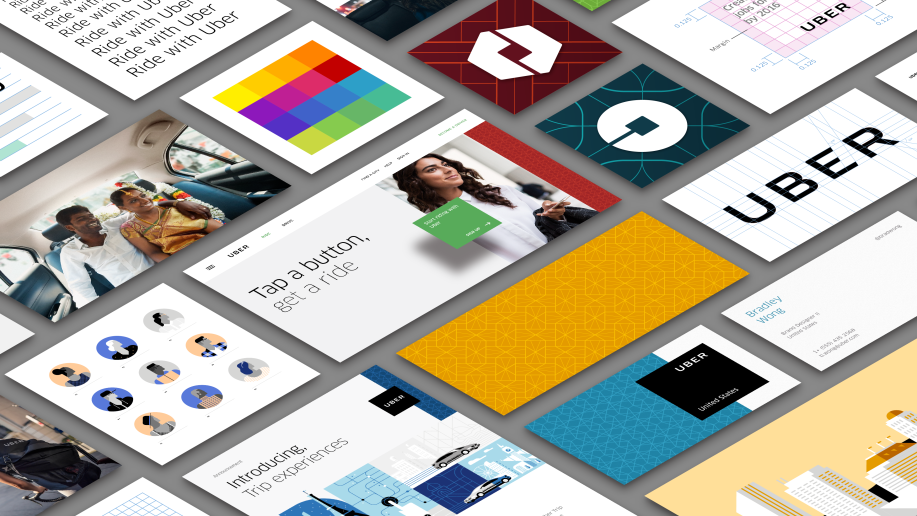Uber, Logos

Apparently at the end of a teleology that began with the Big Bang is Uber, a startup that wants to end car ownership, replace the transportation infrastructure in every city, and transform the way physical objects — “food, goods, and soon maybe much more” — move through space. This is why the basis of Uber’s top-to-bottom redesign are the fundamental units of the bit and the atom, representing technology and the “human stuff,” respectively, because Uber is where they “come together” (a more graceful riff on Steve Jobs’ old spiel that Apple is where “technology and the liberal arts” intersect). The result is a wholly non-committal, infinitely flexible design framework that is perfectly adept for a future where Uber’s ever-shifting icons hover over everything, everywhere, at all times.
The longer promo video for Uber’s redesign, which sadly isn’t embeddable, and which vaguely resembles a fake promo from a movie set in a mildly dystopic near-future that ends on a tentatively hopeful note (“most of the evil state-controlled omniscient death machines whose beautiful designs tricked us into welcoming them into our homes are dead but now we must rebuild,”) is a strange document, one that promises a future of “safe efficient movement of people and things at a giant scale” through Uber (sounds good) while boasting that “Uber ultimately succeeds because we think about the human stuff first but the way we do it, that’s our secret” (hmm).
This is certainly true in a way: No startup has ever engaged so aggressively or skillfully with the machinery of politics and local governance — which is composed entirely of humans and money — so early in its existence. Uber’s users are its advocates are its users. So maybe the secret is… lobbying and elaborate political stagecraft? Or maybe it’s talking about how Uber is utterly transparent in its desire to eliminate the thousands upon thousands of people behind the wheels of its entire fleet? It gets weirder, though! “We leave no bit or atom unturned to create industries that serve people and not the other way around.” So it doesn’t create people to serve an industry — and I have certainly not heard about Uber breeding humans. But how else can one think of Uber drivers than as a large mass of people in the service of industry until they are eventually eliminated?
Anyways, this is all just to say, great redesign.
